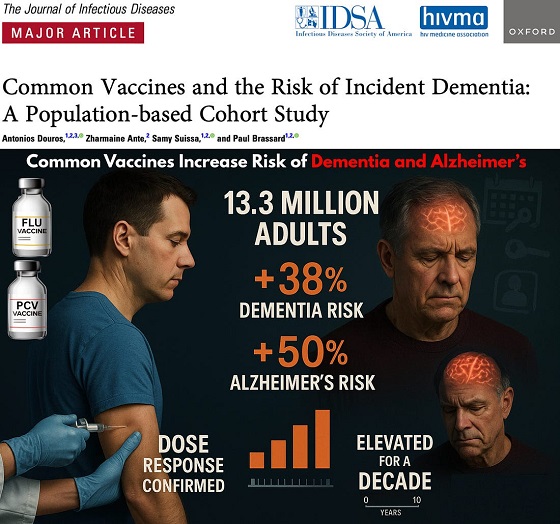Alberta
Just 28 new COVID cases reported in Alberta, but 3 more deaths for a total of 32

From the Province of Alberta
Update 27: COVID-19 pandemic in Alberta (April 9)
There are now 592 confirmed recovered cases of COVID-19 in the province.
With 28 new cases reported, the total number of cases in Alberta is 1,451.
Another three Albertans have died since the last report, bringing the total deaths in the province to 32.
Latest updates
- Expanded access to testing has begun to better trace the spread of COVID-19 in hard-hit areas and in vulnerable residents.
- Albertans are strongly encouraged to stay home and in the province this long weekend.
- Cases have been identified in all zones across the province:
- 878 cases in the Calgary zone
- 376 cases in the Edmonton zone
- 97 cases in the North zone
- 72 cases in the Central zone
- 26 cases in the South zone
- Two cases in zones yet to be confirmed
- Of these cases, there are currently 47 people in hospital, 14 of whom have been admitted to intensive care units (ICU).
- 192 cases are suspected of being community acquired.
- There are now a total of 592 confirmed recovered cases.
- Two new deaths are from the Calgary zone, bringing the total in this zone to 22. One additional person has died in the Edmonton zone, bringing the number of deaths to five in this zone. Four people have died in the North zone, and one person has died in the Central zone.
- Stronger outbreak measures have been put in place at continuing care facilities. To date, 151 cases have been confirmed at these facilities.
- There have been 68,116 people tested for COVID-19 and a total of 70,247 tests performed by the lab. There were 1,333 people tested in the last 24 hours.
- Aggregate data, showing cases by age range and zone, as well as by local geographic areas, is available online at alberta.ca/covid19statistics.
- All Albertans need to work together to help prevent the spread and overcome COVID-19.
- Restrictions remain in place for all gatherings and close-contact businesses, dine-in restaurants and non-essential retail services. A full list of restrictions is available online.
- Tighter restrictions have been placed on visitors to continuing care centres, group homes and other facilities. No visitors will be allowed unless a resident is dying or the visitor is essential for delivering care that cannot be delivered by staff.
- As Albertans look forward to the holiday weekend, they are being reminded to:
- avoid gatherings outside of their immediate household
- visit over coffee remotely and virtually
- try to shop for groceries outside of peak hours
- limit Easter egg hunts to inside or on their property
- find ways to connect while being physically separated
- worship in a way that does not put people at risk, including participating in virtual or live-streamed religious celebrations
More guidelines for faith-based organizations can be found online.
Expanding testing to meet needs of Albertans
Alberta is expanding access to COVID-19 laboratory tests to better trace the spread of the novel coronavirus in hard-hit areas and in vulnerable residents. Testing is now being offered to three additional groups of individuals exhibiting symptoms of COVID-19 including cough, fever, runny nose, sore throat or shortness of breath:
- symptomatic people living in the Calgary Zone
- symptomatic people who live with someone aged 65 years or older
- essential workers whose workplaces remain accessible to the public
Read the full list of people eligible for testing here. People can access tests by completing the COVID-19 self-assessment online.
The chief medical officer of health will examine and adjust testing protocols and access to COVID-19 tests based on the changing situation in Alberta.
Stay home and in Alberta this long weekend
Albertans are being strongly encouraged to stay home, in their communities, in the province and off the highways this long weekend to reduce the spread of COVID-19.
Alberta and British Columbia have released a joint statement asking families and friends to stay in their home provinces and celebrate the holidays virtually. This will reduce the risk of highway crashes – tying up emergency and medical responders who are busy with pandemic planning and care – and help slow the spread of the novel coronavirus between families and provinces.
COVID-19 health care for out-of-country visitors
To limit the potential spread of the novel coronavirus, individuals visiting Alberta from another country will receive physician and hospital services for the treatment of COVID-19 – even if they do not have health coverage or the ability to pay. This temporary measure will protect Albertans and encourage visitors to obtain treatment for COVID-19. Physicians may submit claims for this service using the new COVID-19 billing process. More information about the billing process will be provided to physicians.
Alberta Connects Contact Centre
The Alberta Connects Contact Centre continues to operate over the long weekend, and will be available to Albertans from 8:15 a.m. to 4:30 p.m., April 10-13. Direct lines to specific services (such as MyAlberta Digital Identity) will be closed. Albertans should call 310-4455 for assistance.
Access to justice
The Alberta Court of Appeal has provided an update regarding electronic hearings. More information: https://albertacourts.ca/ca/publications/announcements
Mental health supports
Confidential supports are available to help with mental health concerns. The Mental Health Help Line 1-877-303-2642 and the Addiction Help Line at 1-866-332-2322 are available between 7 a.m. and 11 p.m., seven days a week. Online resources provide advice on handling stressful situations or ways to talk with children.
Family violence prevention
A 24-hour Family Violence Information Line is available at 310-1818 to get anonymous help.
Alberta’s One Line for Sexual Violence is available at 1-866-402-8000 from 9 a.m. to 9 p.m. in more than 170 languages.
Information sheets and other resources on family violence prevention are available at alberta.ca/COVID19.
Quick facts
- The most important measures that Albertans can take to prevent respiratory illnesses, including COVID-19, is to practise good hygiene.
- This includes cleaning your hands regularly for at least 20 seconds, avoiding touching your face, coughing or sneezing into your elbow or sleeve, disposing of tissues appropriately.
- Anyone who has health concerns or is experiencing symptoms of COVID-19 should complete an online COVID-19 self-assessment.
- For recommendations on protecting yourself and your community, visit alberta.ca/COVID19.
Alberta
Schools should go back to basics to mitigate effects of AI

From the Fraser Institute
Odds are, you can’t tell whether this sentence was written by AI. Schools across Canada face the same problem. And happily, some are finding simple solutions.
Manitoba’s Division Scolaire Franco-Manitobaine recently issued new guidelines for teachers, to only assign optional homework and reading in grades Kindergarten to six, and limit homework in grades seven to 12. The reason? The proliferation of generative artificial intelligence (AI) chatbots such as ChatGPT make it very difficult for teachers, juggling a heavy workload, to discern genuine student work from AI-generated text. In fact, according to Division superintendent Alain Laberge, “Most of the [after-school assignment] submissions, we find, are coming from AI, to be quite honest.”
This problem isn’t limited to Manitoba, of course.
Two provincial doors down, in Alberta, new data analysis revealed that high school report card grades are rising while scores on provincewide assessments are not—particularly since 2022, the year ChatGPT was released. Report cards account for take-home work, while standardized tests are written in person, in the presence of teaching staff.
Specifically, from 2016 to 2019, the average standardized test score in Alberta across a range of subjects was 64 while the report card grade was 73.3—or 9.3 percentage points higher). From 2022 and 2024, the gap increased to 12.5 percentage points. (Data for 2020 and 2021 are unavailable due to COVID school closures.)
In lieu of take-home work, the Division Scolaire Franco-Manitobaine recommends nightly reading for students, which is a great idea. Having students read nightly doesn’t cost schools a dime but it’s strongly associated with improving academic outcomes.
According to a Programme for International Student Assessment (PISA) analysis of 174,000 student scores across 32 countries, the connection between daily reading and literacy was “moderately strong and meaningful,” and reading engagement affects reading achievement more than the socioeconomic status, gender or family structure of students.
All of this points to an undeniable shift in education—that is, teachers are losing a once-valuable tool (homework) and shifting more work back into the classroom. And while new technologies will continue to change the education landscape in heretofore unknown ways, one time-tested winning strategy is to go back to basics.
And some of “the basics” have slipped rapidly away. Some college students in elite universities arrive on campus never having read an entire book. Many university professors bemoan the newfound inability of students to write essays or deconstruct basic story components. Canada’s average PISA scores—a test of 15-year-olds in math, reading and science—have plummeted. In math, student test scores have dropped 35 points—the PISA equivalent of nearly two years of lost learning—in the last two decades. In reading, students have fallen about one year behind while science scores dropped moderately.
The decline in Canadian student achievement predates the widespread access of generative AI, but AI complicates the problem. Again, the solution needn’t be costly or complicated. There’s a reason why many tech CEOs famously send their children to screen-free schools. If technology is too tempting, in or outside of class, students should write with a pencil and paper. If ChatGPT is too hard to detect (and we know it is, because even AI often can’t accurately detect AI), in-class essays and assignments make sense.
And crucially, standardized tests provide the most reliable equitable measure of student progress, and if properly monitored, they’re AI-proof. Yet standardized testing is on the wane in Canada, thanks to long-standing attacks from teacher unions and other opponents, and despite broad support from parents. Now more than ever, parents and educators require reliable data to access the ability of students. Standardized testing varies widely among the provinces, but parents in every province should demand a strong standardized testing regime.
AI may be here to stay and it may play a large role in the future of education. But if schools deprive students of the ability to read books, structure clear sentences, correspond organically with other humans and complete their own work, they will do students no favours. The best way to ensure kids are “future ready”—to borrow a phrase oft-used to justify seesawing educational tech trends—is to school them in the basics.
Alberta
The case for expanding Canada’s energy exports
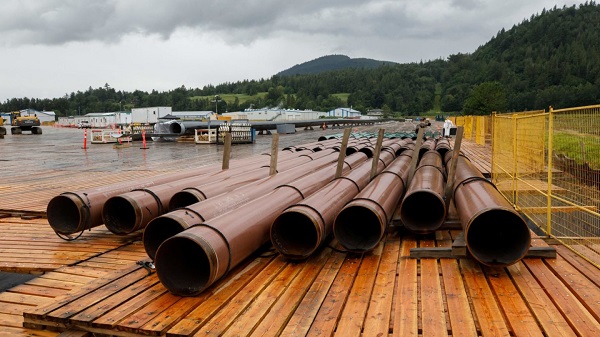
From the Canadian Energy Centre
For Canada, the path to a stronger economy — and stronger global influence — runs through energy.
That’s the view of David Detomasi, a professor at the Smith School of Business at Queen’s University.
Detomasi, author of Profits and Power: Navigating the Politics and Geopolitics of Oil, argues that there is a moral case for developing Canada’s energy, both for Canadians and the world.
CEC: What does being an energy superpower mean to you?
DD: It means Canada is strong enough to affect the system as a whole by its choices.
There is something really valuable about Canada’s — and Alberta’s — way of producing carbon energy that goes beyond just the monetary rewards.
CEC: You talk about the moral case for developing Canada’s energy. What do you mean?
DD: I think the default assumption in public rhetoric is that the environmental movement is the only voice speaking for the moral betterment of the world. That needs to be challenged.
That public rhetoric is that the act of cultivating a powerful, effective economic engine is somehow wrong or bad, and that efforts to create wealth are somehow morally tainted.
I think that’s dead wrong. Economic growth is morally good, and we should foster it.
Economic growth generates money, and you can’t do anything you want to do in social expenditures without that engine.
Economic growth is critical to doing all the other things we want to do as Canadians, like having a publicly funded health care system or providing transfer payments to less well-off provinces.
Over the last 10 years, many people in Canada came to equate moral leadership with getting off of oil and gas as quickly as possible. I think that is a mistake, and far too narrow.
Instead, I think moral leadership means you play that game, you play it well, and you do it in our interest, in the Canadian way.
We need a solid base of economic prosperity in this country first, and then we can help others.
CEC: Why is it important to expand Canada’s energy trade?
DD: Canada is, and has always been, a trading nation, because we’ve got a lot of geography and not that many people.
If we don’t trade what we have with the outside world, we aren’t going to be able to develop economically, because we don’t have the internal size and capacity.
Historically, most of that trade has been with the United States. Geography and history mean it will always be our primary trade partner.
But the United States clearly can be an unreliable partner. Free and open trade matters more to Canada than it does to the U.S. Indeed, a big chunk of the American people is skeptical of participating in a global trading system.
As the United States perhaps withdraws from the international trading and investment system, there’s room for Canada to reinforce it in places where we can use our resource advantages to build new, stronger relationships.
One of these is Europe, which still imports a lot of gas. We can also build positive relationships with the enormous emerging markets of China and India, both of whom want and will need enormous supplies of energy for many decades.
I would like to be able to offer partners the alternative option of buying Canadian energy so that they are less reliant on, say, Iranian or Russian energy.
Canada can also maybe eventually help the two billion people in the world currently without energy access.
CEC: What benefits could Canadians gain by becoming an energy superpower?
DD: The first and primary responsibility of our federal government is to look after Canada. At the end of the day, the goal is to improve Canada’s welfare and enhance its sovereignty.
More carbon energy development helps Canada. We have massive debt, an investment crisis and productivity problems that we’ve been talking about forever. Economic and job growth are weak.
Solving these will require profitable and productive industries. We don’t have so many economic strengths in this country that we can voluntarily ignore or constrain one of our biggest industries.
The economic benefits pay for things that make you stronger as a country.
They make you more resilient on the social welfare front and make increasing defence expenditures, which we sorely need, more affordable. It allows us to manage the debt that we’re running up, and supports deals for Canada’s Indigenous peoples.
CEC: Are there specific projects that you advocate for to make Canada an energy superpower?
DD: Canada’s energy needs egress, and getting it out to places other than the United States. That means more transport and port facilities to Canada’s coasts.
We also need domestic energy transport networks. People don’t know this, but a big chunk of Ontario’s oil supply runs through Michigan, posing a latent security risk to Ontario’s energy security.
We need to change the perception that pipelines are evil. There’s a spiderweb of them across the globe, and more are being built.
Building pipelines here, with Canadian technology and know-how, builds our competitiveness and enhances our sovereignty.
Economic growth enhances sovereignty and provides the resources to do other things. We should applaud and encourage it, and the carbon energy sector can lead the way.
-

 COVID-191 day ago
COVID-191 day agoTrump DOJ seeks to quash Pfizer whistleblower’s lawsuit over COVID shots
-

 Alberta1 day ago
Alberta1 day agoAlberta introducing three “all-season resort areas” to provide more summer activities in Alberta’s mountain parks
-
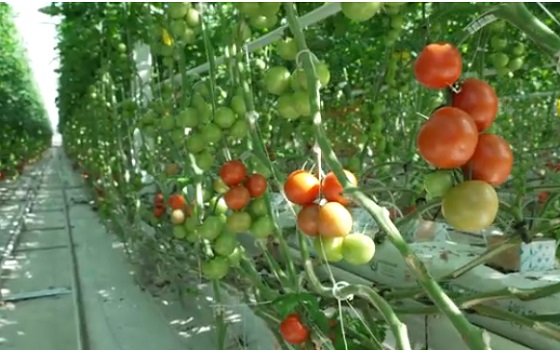
 Agriculture1 day ago
Agriculture1 day agoGrowing Alberta’s fresh food future
-
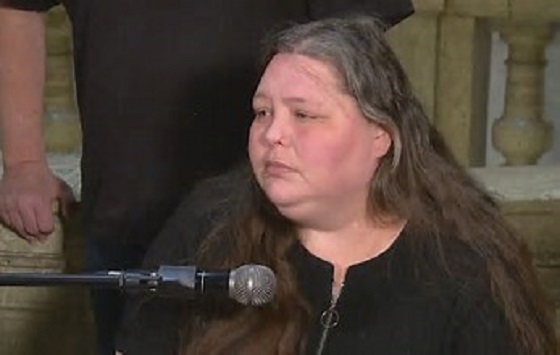
 International1 day ago
International1 day agoTrump admin wants to help Canadian woman rethink euthanasia, Glenn Beck says
-

 Alberta1 day ago
Alberta1 day agoThe case for expanding Canada’s energy exports
-
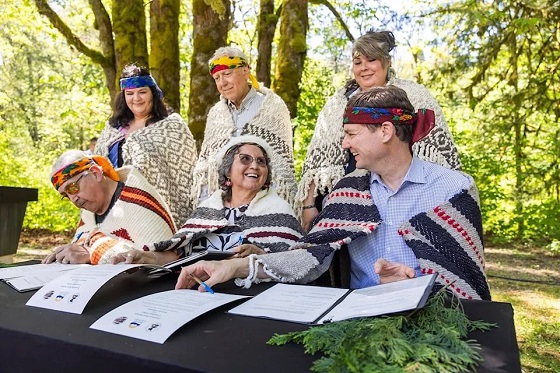
 Business2 days ago
Business2 days agoStorm clouds of uncertainty as BC courts deal another blow to industry and investment
-
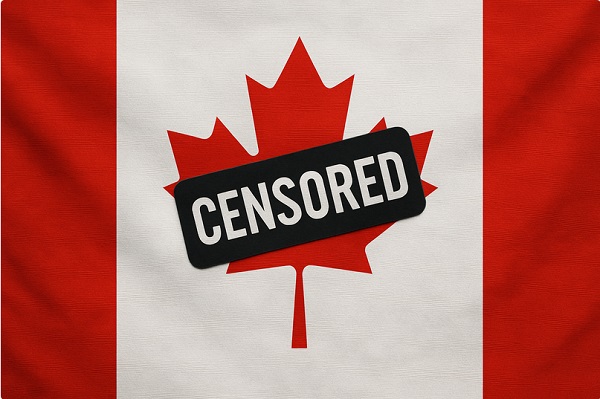
 Censorship Industrial Complex1 day ago
Censorship Industrial Complex1 day agoOttawa’s New Hate Law Goes Too Far
-

 Business1 day ago
Business1 day agoFuelled by federalism—America’s economically freest states come out on top







